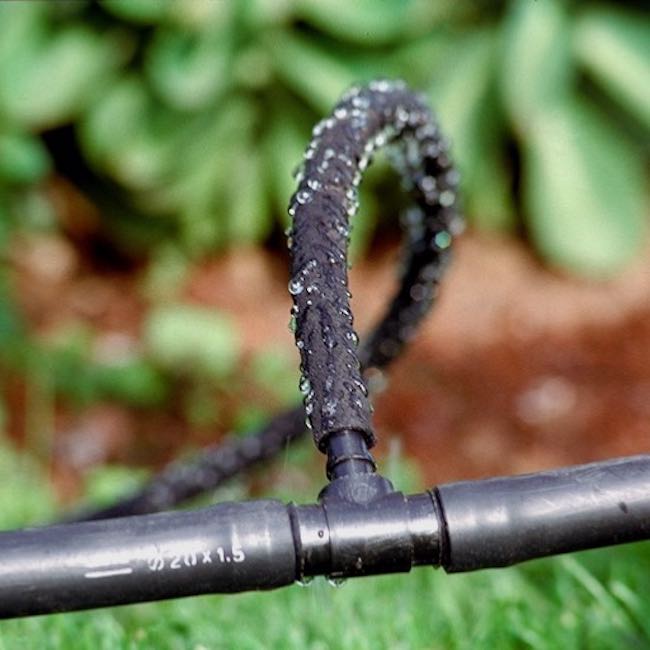Using a simple irrigation system a vegetable garden to increase the crop yields

Using a simple irrigation system can be an effective way to increase crop yields in a vegetable garden. Here are some steps to follow:
- Determine the water requirements: The first step is to determine the water requirements of your vegetable plants. This will vary depending on the type of plant and the stage of growth. Generally, vegetables require about 1-2 inches of water per week.
- Choose an irrigation system: There are several types of irrigation systems to choose from, including drip irrigation, soaker hoses, and sprinklers. Drip irrigation is a great choice for vegetable gardens because it delivers water directly to the roots, minimizing evaporation and reducing water waste.
- Install the irrigation system: Once you’ve chosen an irrigation system, install it in your garden. This may involve laying out drip lines or installing sprinklers. Be sure to follow the manufacturer’s instructions for installation.
- Set up a timer: A timer will help you automate your irrigation system and ensure that your plants receive the right amount of water at the right time. Set the timer to water your garden for the recommended amount of time for your plants.
- Monitor your plants: Keep an eye on your plants to make sure they are getting enough water. Check the soil moisture level by sticking your finger into the soil. If it feels dry, it’s time to water.
By following these steps, you can use a simple irrigation system to increase the yield of your vegetable garden. Remember to water your plants regularly, and adjust your irrigation system as needed to ensure optimal growing conditions for your plants.